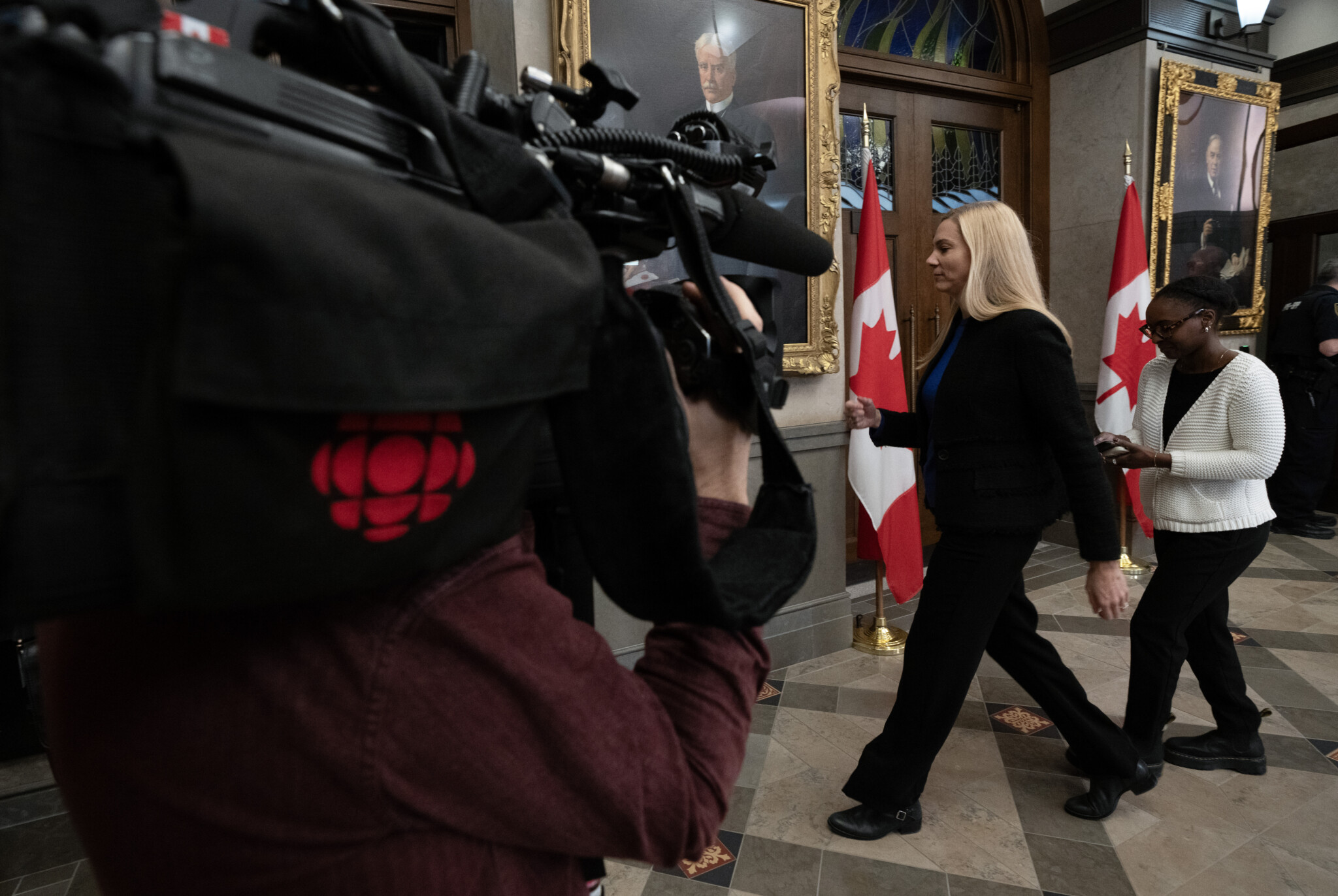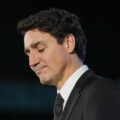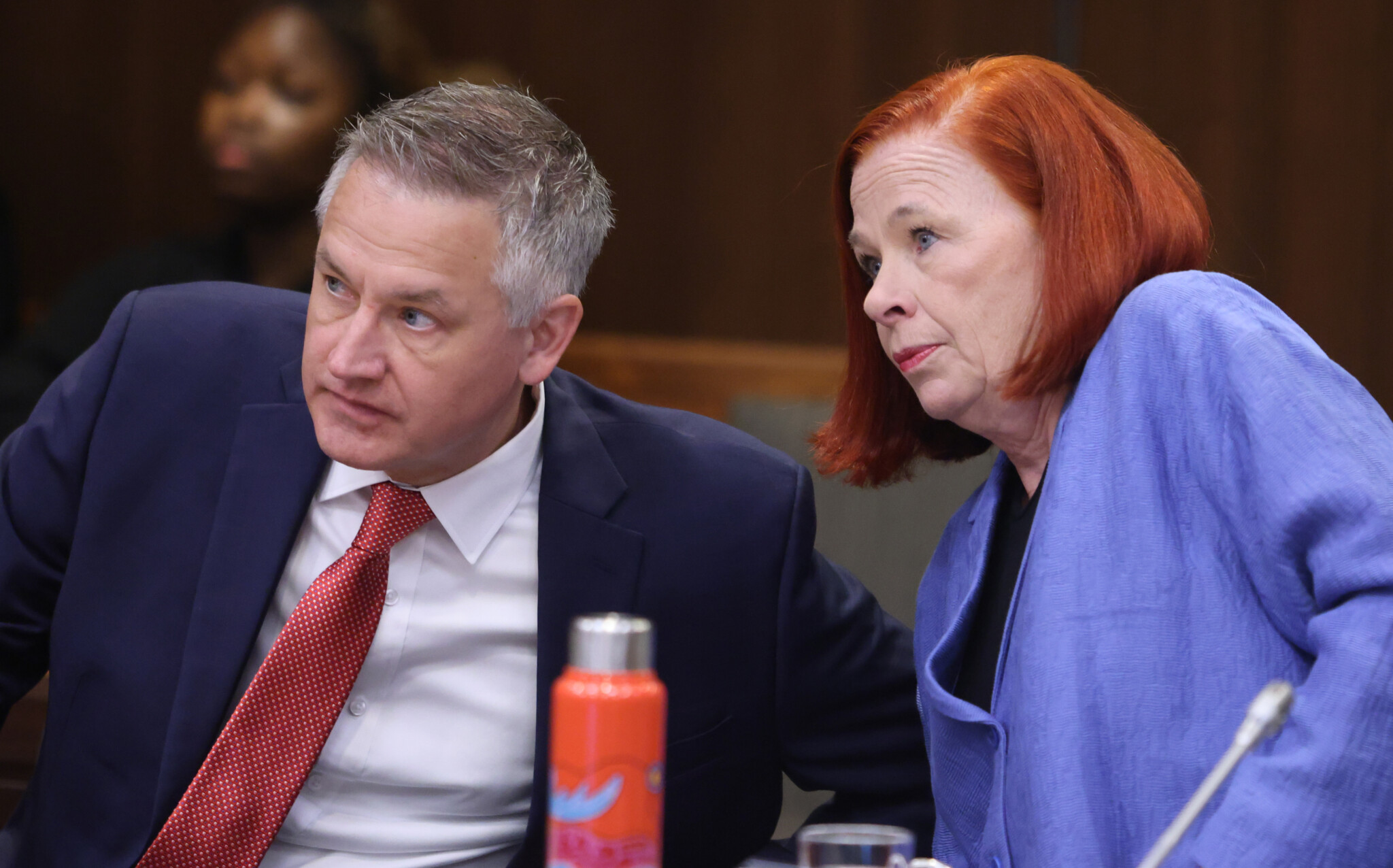Bill C-18, the Online News Act, is best known for two things: the government’s bad bet that Meta was bluffing when it said it would block news links in response to a system that mandated payments for links (news links have now been blocked for 10 months in Canada) and its attempt to salvage the legislation by striking a deal with Google worth $100 million annually.
The Google deal has receded into the background, but behind the scenes there is an intense battle over who will be selected to administer and allocate the annual $100 million. The outcome —which will be decided by Google by June 17th—will have enormous implications for Canadian media for years to come since it is anticipated that Google and the selected collective will negotiate a five-year deal worth $500 million.
Sources say that two proposals have emerged: a big media consortium led by News Media Canada (NMC), the Canadian Association of Broadcasters (CAB), and the CBC, pitted against a proposal spearheaded by a group of independent and digital publishers and broadcasters that is promising a more transparent and equitable governance approach.
Rather than negotiating multiple deals with eligible news outlets in order to meet the requirements for a Bill C-18 exemption, Google has elected to negotiate with a single collective that will represent the interests of all eligible news outlets. In other words, Google will select one collective, and, no matter which collective is selected, all eligible news outlets whether big or small will have the same representation.
Google issued an open call earlier this year for interested parties to submit a proposed collective structure. The company noted that the single collective must provide basic reporting and accounting of funds distributed to news businesses to both Google and the membership of the collective, develop and publish a plan and principles for managing publisher eligibility and funds distribution, and assume responsibility for settling any and all disputes arising from members.
While the law establishes many of the ground rules, there is considerable room for interpretation that effectively gives the collective enormous power. This includes addressing issues associated with who is eligible to be compensated, how much money they are entitled to, whether news outlets will be audited or regularly reviewed, and the mandate to address any disputes that may arise. Google has said it will judge the applications to become the collective based on four criteria: representation, governance, transparency, and the fees charged by the collective.
The big media collective, called the Online News Media Collective, is led by NMC, CAB, and the CBC, and supported by many newspaper associations and big broadcasters. It envisions a two-tier structure with the lead collective receiving funds from Google and distributing them to three distribution partners. The distribution partners would be the CBC (which receives 7 percent of the money), a news publishers group called the News Publishers Collective (which receives 63 percent), and a news broadcaster group called the News Broadcasters Collective (which receives the remaining 30 percent).
The News Publishers Collective is almost entirely controlled by legacy newspaper associations with only one of 11 board seats allocated to digital or new innovative media. The majority of the News Broadcasters Collective board comes from commercial television and radio broadcasters such as Bell and Rogers. The lead Online News Media Collective would be governed by a three-member board drawn from the three distribution partners with one position each for news publishers, news broadcasters, and the CBC.
The independent and digital media collective, a non-profit called the Canadian Journalism Collective, is led by a steering committee made up of a wide range of independent media outlets, including Press Forward (representing community publications), Dadan Sivunuvut and Indiginews (representing Indigenous media), The Resolve (representing BIPOC publications), Pivot (representing official language publications), CACTUS (representing nonprofit community broadcasters), Village Media, and Indiegraf.
The primary pitch for this collective is a far more representative and transparent approach. Its lead collective would have five board members (including two independent members), while the distribution partner boards feature representation for big, small, independent, Indigenous, and BIPOC board members. There is a role for larger players, but it is balanced with other perspectives.

A CBC camera follows Minister of Canadian Heritage Pascale St-Onge as she leaves a microphone after speaking with media in the Foyer of the House of Commons about CBC funding, in Ottawa, Monday, Dec. 4, 2023. Adrian Wyld/The Canadian Press.
Why does any of this matter if all eligible media can sign up for whichever collective is selected by Google?
With $500 million at stake, it may not be an exaggeration to argue that the future of independent and innovative media depends on it. For example, consider the question of eligibility, which involves both questions of which news outlets qualify under Bill C-18 and how many full-time employees they have, a figure that will determine their allocation. On eligibility, there are requirements that are open to interpretation that would ultimately be determined by the board of the selected collective. Further, the eligibility may be locked in for five years (unless a collective decides otherwise), meaning that new, innovative entrants may not be eligible for any money for years, creating a huge disadvantage.
Once eligible, the amount of the allocation can vary widely. News outlets have been asked to submit 2023 employment data, which will be used to determine full-time equivalent employees. This may ensure that large media companies are compensated for employees that may not even exist today given the layoffs over the past year. If those numbers are similarly locked in for five years, big media companies will continue to benefit from payments for non-existent employees for many years, while independent outlets may be stuck at far lower compensation even as they grow. Should this emerge, the actual employee compensation would be significantly higher for legacy, larger players than for new entrants.
The concern—borne out by the proposed Online News Media Collective governance structure —is that independent and digital media outlets are almost entirely excluded from the governance process. In the case of News Publishers Collective, there is no representation of Indigenous or non-profit media. Press Forward, which is the only organization that represents more diverse business models, only has one position. Moreover, the membership structure is similarly imbalanced as it is weighted by employees, thereby granting for more power to the larger players.
As if that were not bad enough, there are fears that the Online News Media Collective will not be fully transparent. There is nothing in Bill C-18 or its regulations that require regular audits to ensure all media remain eligible and adjust payments according to updated employee numbers. Without a fully transparent approach, a collective biased toward large media has no incentive to admit new members or update employee data. In fact, the opposite may be true.
Bill C-18 has already caused enormous harm for independent and digital media outlets given Meta’s exit from the Canadian news market, since newer entrants relied more heavily on Facebook news links than larger, legacy players. Moreover, the market uncertainty fuelled by Bill C-18 has made it more difficult to attract investment, which also disproportionately hurts independent outlets (and the CBC not at all).
The Google money was the government’s attempt to avoid a total disaster, but having ignored many implementation concerns raised during hearings on Bill C-18, it has left legislation that is open to governance capture and limited transparency. It now falls to Google to select a collective that will not only ensure that it receives a CRTC exemption but one that will act in the best interests of all media outlets to avoid control by larger players and set the table for more innovative media systems in Canada.
Recommended for You

Get ready for protests in the streets and an election after the summer: The Hub’s can’t-miss predictions for 2025

Trudeau will flounder, Trump will tower, and the housing crisis will get worse: The Hub’s can’t-miss predictions for 2025

The Week in Polling: Most Canadians want Trudeau to resign; Canadians do not want to become the ’51st state’; and pride in the country drops double digits

Need to Know: Buckle up, we’re in for a wild ride in 2025



